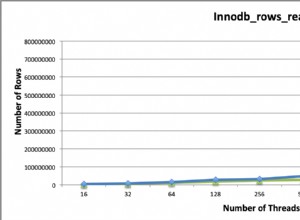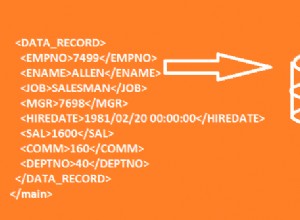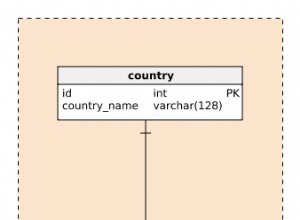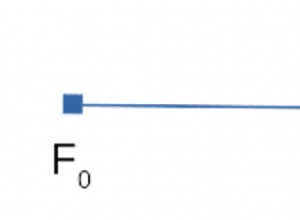Puoi utilizzare le funzioni della finestra e l'aggregazione condizionale:
select
rn,
max(case when occupation = 'Doctor' then name end) doctor,
max(case when occupation = 'Singer' then name end) singer,
max(case when occupation = 'Actor' then name end) actor
from (
select t.*, row_number() over(partition by occupation order by name) rn
from mytable t
)
group by rn
La subquery classifica le persone che hanno la stessa occupatin per nome. È quindi possibile utilizzare tali informazioni per generare le righe e accedere al nome corrispondente per ciascuna occupazione con un aggregato condizionale.
Senza le funzioni della finestra, è diverso. Se i tuoi dati non sono troppo grandi, un'opzione emula il numero di riga con una sottoquery:
select
rn,
max(case when occupation = 'Doctor' then name end) doctor,
max(case when occupation = 'Singer' then name end) singer,
max(case when occupation = 'Actor' then name end) actor
from (
select t.*,
(
select count(*)
from mytable t1
where t1.occupation = t.occupation and t1.name <= t.name
) rn
from mytable t
)
group by rn




